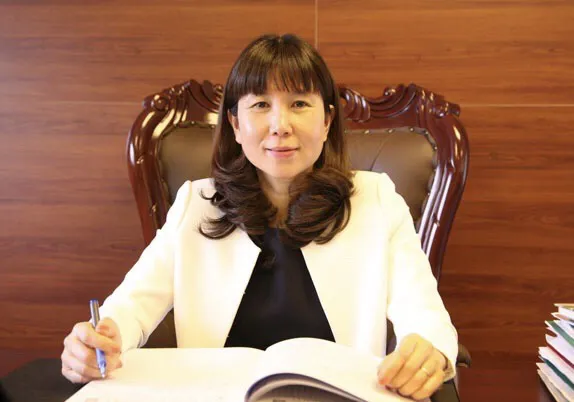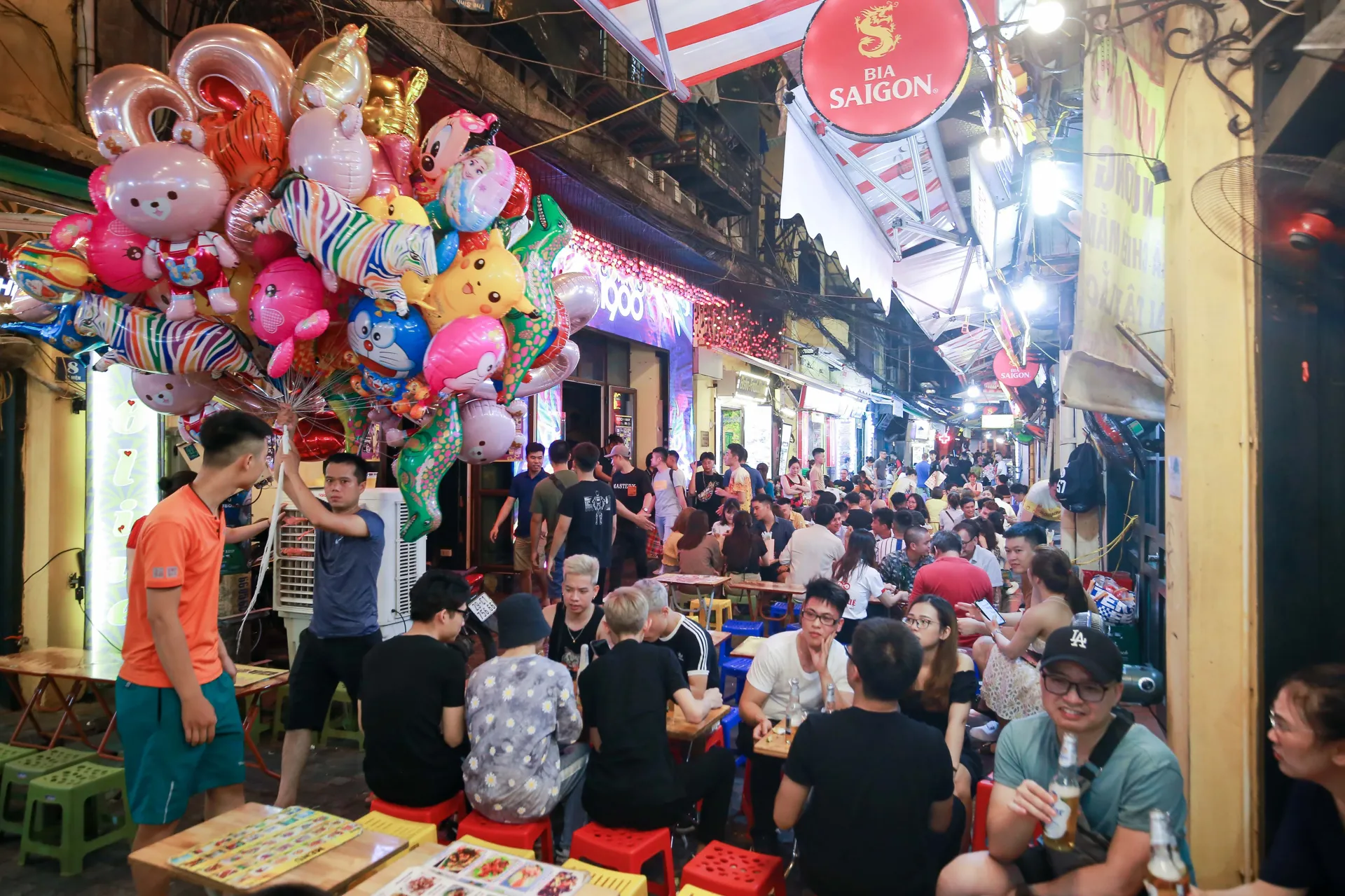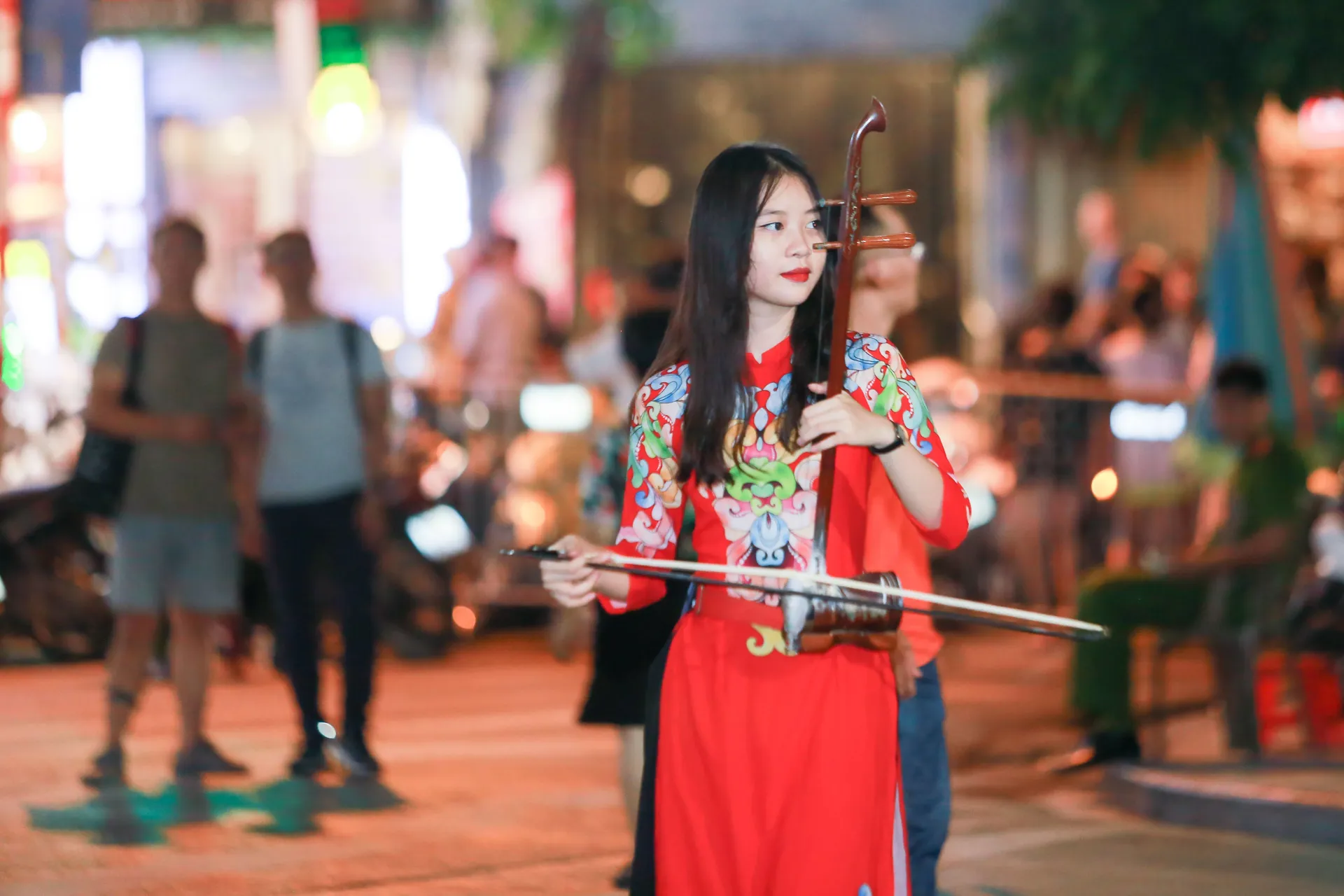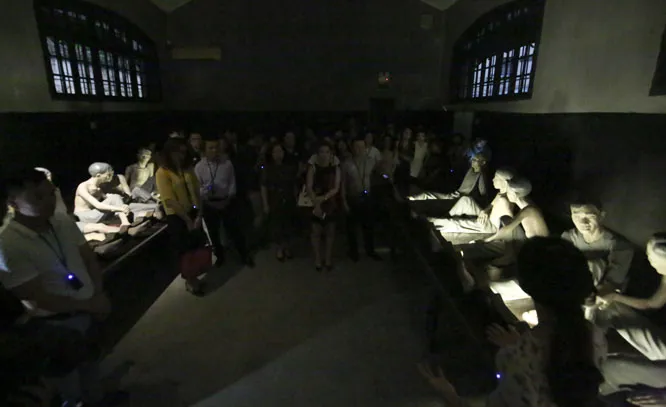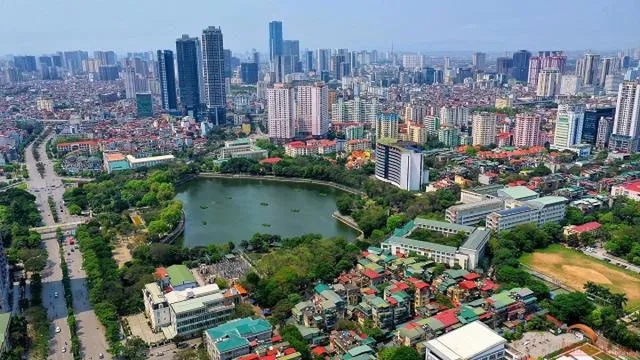Hanoi rebuilds tourism for future
Hanoi is among the few cities and provinces with the fastest tourism growth in Vietnam. Director of the Hanoi Tourism Department, Dang Huong Giang, shares with The Hanoi Times her plans to promote the image of Vietnam and its capital city via new tourism packages.
| Director of the Hanoi Tourism Department Dang Huong Giang. |
Hanoi is the heart of Vietnam, playing an essential role in connecting provinces and cities across the country. Please tell readers about the capital city's specific plans to promote the image of Vietnam to international friends.
As the heart of the country, Hanoi continually defines a leading role in tourism with special activities to connect localities nationwide, especially those with relics and heritage sites.
We have recently collaborated with the northern provinces of Quang Ninh and Ninh Binh to open a tour passing ancient cities of Vietnam. We will continue to join hands with the northern mountain provinces of Son La and Lao Cai, with the hotspot of Sapa, famous for its exquisiteness, rugged mountainous landscape, and cultural diversity, to build a tourism program introducing destinations of Hanoi and the northern region. This program was introduced at the International Travel Expo Ho Chi Minh City (ITE HCMC 2022) in September.
Hanoi has taken the lead in promoting and building the image of Vietnam. We have made tourism promotion clips and programs on domestic and international press agencies that are not only for Hanoi but also other cities and provinces, introducing special tours for visitors coming to Hanoi from different localities and those from other countries to Hanoi.
These tours start from Hanoi, which is famous for the Old Quarter with various street dishes at reasonable prices, and run through unique destinations such as Halong Bay and Mong Cai in Quang Ninh Province, Trang An eco-tourism site in Ninh Binh Province, Sapa in Lao Cai Province, Lai Chau, and Son La.
A corner of Ta Hien party street, where visitors can relax after a full day of walking with a beer, or much more, in the evening. Photo: Ngoc Tu |
In the coming time, the three major cities of Vietnam, including Hanoi, HCM City, and Danang, will team up to build a promotional program to attract international guests, which is a critical factor for us to recover the tourism industry. We will focus on key markets and reduce tourism service costs, not only in the three major cities of Vietnam but also for the whole localities nationwide. Localities will be critical factors in improving the position and image of Vietnam in the eyes of international guests.
| An artist performs folk music on the Hoan Kiem walking street. |
Hanoi opened its doors on March 15 after a two-year hiatus due to the coronavirus pandemic. What impressions did the city's tourism industry make during that time?
Hanoi has strongly proposed methods to the Government to promote the tourism industry the next time.
It is essential to promote visa exemption. As tourism reopened, Vietnam has waived the entry visa requirement for foreign nationals entering Vietnam from 13 nations, including 11 countries from the EU. We need more negotiations to raise the number of countries with visa exemptions.
We had an excellent practice for tourism recovery as the country reopened its door. A series of tourism products, designed during the two-year social distancing due to the Covid-19 pandemic, has been launched.
These high-quality products have been well promoted and brought different experiences for visitors.
The night tours decoding Thang Long Imperial Citadel and Hoa Lo prison are touching. In the past, guests only visited the relic and the jail during the day, never at night. Moreover, now it is full on weeknights.
| Visitors are on a night tour to Hoa Lo Prison, a special historical relic of Hà Nội, built by the French colonists in 1896 to imprison Vietnamese patriots. Photo: hanoimoi |
The newly-designed tourism product of the Vietnam Museum of Ethnology is also a highlight of the tourism sector's recovery. These include thematic tours targeting a specific group of audience, helping visitors comprehend the history of Vietnam and its people.
Besides pedestrian streets around Hoan Kiem Lake, we have Trinh Cong Son Walking Street on the bank of West Lake. The street's name is a tribute to its namesake, the late musician Trinh Cong Son, a famous Vietnamese songwriter, and a pedestrian street in Son Tay Ancient Citadel.
Trinh Cong Son Walking Street is designed based on the local lifestyle and culture. The road is adorned with zigzag patterns in four colors, including yellow-green, red-orange, white, and red-violet, representing songs of musician Trinh Cong Son. If we can not cling to the cultural features of the local activities, we can not maintain the walking street sustainably. The street will favor music and flowers, which are the specialties of the Tay Ho District. We are working with authorities in Tay Ho District to create a characteristic of Trinh Cong Son Street, thus, it should be different from other pedestrian streets in the capital city.
Meanwhile, the color of the Son Tay ancient citadel walking street will bring the cultural imprint of the land of Doai, which is identified as the cradle of ancient Vietnamese civilization. It is a land of literature, contributing many heroes and talents to the country, such as Kings Phung Hung and Ngo Quyen, and famous revolutionaries, including To Hien Thanh, Giang Van Minh, and Phung Khac Khoan. In the past, the culture of Doai was always parallel, interacting with the culture of Thang Long [Hanoi today].
We plan to build a tour in Son Tay Township where local visitors will use electric bicycles to explore nearby tourism destinations, including the citadel walking street. Visitors will have a memorable experience at the destinations mentioned above. Many events, including ao dai (traditional long dress) festivals, international marathons, and creative design exhibitions, are held until the end of the year.
We have a statistic showing that whenever we organize cultural events in the capital city's center, the number of guests staying at the hotels increases sharply. When there is a lakeside event, the surrounding hotels are full. This is a way to attract visitors, especially international guests, to come and stay in Hanoi.
Adventure tourism is impressive to visitors, especially young people. How will Hanoi promote this model?
We are building products related to flying and skydiving, and the so-called adventure tourism has been in the process of building for Hanoi. It is an ideal type to attract guests, but they must be organized professionally and safely.
| A corner of Hanoi. MICE is identified as a critical part of the capital city's tourism development. |
MICE is considered the strength of Hanoi. How will you promote this type of tourism and make it more competitive with other countries in the region?
We have been developing urban tourism for the capital city. In the urban tourism service, MICE is identified as a critical part.
We will foster this type of tourism because our city has advantages over other localities thanks to its good infrastructure with hotels and accommodation facilities qualified for the evolution of MICE.
The city's current housing facilities have met the needs of MICE tourism. Our task is to promote the image of Hanoi and qualified services to attract international guests. In the coming time, we will have to build more large-scale housing facilities and luxurious hotels to host big international events.
We have recently proposed the municipal authorities issue policies and mechanisms to lure investment in tourism infrastructure.
Tourist establishments have been recovering their operation after the Covid-19 pandemic was controlled. However, many face a labor shortage – a key factor in developing their business. What is your opinion on this matter?
The economic sectors, including tourism, have been greatly affected by the Covid-19 pandemic, especially the lack of a labor force. There is a tendency to shift labor among industries - naturally driven by the law of supply and demand.
The city has received more than 15 million visitors in the first ten months of this year – a figure much lower than the same period in 2019 before the Covid-19 pandemic hit the country. The shortage of labor force is challenging this non-smoking industry to regain its growth, so it should be the first problem to be addressed.
Some things need to be solved. Businesses need to take the initiative in training staff for rooms, tables, and bar services that do not require too much training time and can be trained on the spot. They must ensure good income and working conditions to lure human resources back to the tourism service.
We have opened many free vocational training courses on tourism services with the participation of local people who will serve community tourism. However, the resource of tourism servers still mainly comes from vocational training schools.
Many businesses have been giving preferential policies to lure group leaders, who will not only set up plans to attract visitors but also train their inferiors on soft skills, technical skills, and professionalism to meet the increasing demand of visitors.

